Having recently looked at LIFX's Beam and Tile, we thought we'd remedy a hole in our coverage of HomeKit-ready wall lights: Nanoleaf's popular Light Panels, specifically the recent Rhythm Edition.
Taking yet another unorthodox approach to lighting, Nanoleaf's Light Panels are thin triangles that link together to form bigger, color-shifting polygons. You can create some especially wild shapes if you have a large bank account, even wrapping them around walls and ceilings if you pick up Nanoleaf's special flex linkers and screw mounts.
The basic Rhythm Edition kit includes nine panels and connectors, as well as a controller unit, sticky strips, and of course the Rhythm module. After a firmware update, the Rhythm enables animations in response to ambient audio.
We'll get into more depth with that in our upcoming review, but we should start by saying that it can take surprisingly long to install even the basic kit, depending on your ambitions and the walls you plan to put them on. The fastest things can move is if you happen to have perfectly smooth walls and you're mounting at eye level or lower. Even then, though, Nanoleaf suggests applying three sticky strips per panel, and pressing them against the wall for at least 30 seconds. With nine panels, that adds up.
In our case the install ended up taking days. We quickly realized that the stucco-like surfaces in our test house would be a problem, so we ended up making a trip to Home Depot to buy paneling, drywall screws, and a stud finder. Even this wasn't enough, since we discovered that Nanoleaf's bundled mounting strips just didn't cut it on the paneling anyway, prompting us to make another shopping run in which we picked up some of Scotch's "Extremely Strong" strips, ususally designed for much heavier objects. That finally did the trick.
The results have been very pleasing though, so far. Even more so than the Beam and Tile, the Light Panels immediately draw attention from anyone in the room, even when they're not animated. Their unusual shapes are hard to ignore, and their intense brightness even more so — unlike LIFX's accessories, we could conceivably imagine using these as a primary lightsource, even if we'd want a lamp or two to fill things out.
The Nanoleaf iPhone and iPad app is the starting point of software setup, and where you'll probably be spending most of your time, at least initially. While the Light Panels support HomeKit/Siri, Google Assistant, and Amazon Alexa, none of those platforms can directly take advantage of their customizable animation and per-panel colors.
Scenes created in the Nanoleaf app seem to silently migrate to all three however, animations intact. That means that you can use the iOS Home app to trigger them at will or as a part of automations.
Keep following AppleInsider for our full review, coming soon.
 Roger Fingas
Roger Fingas
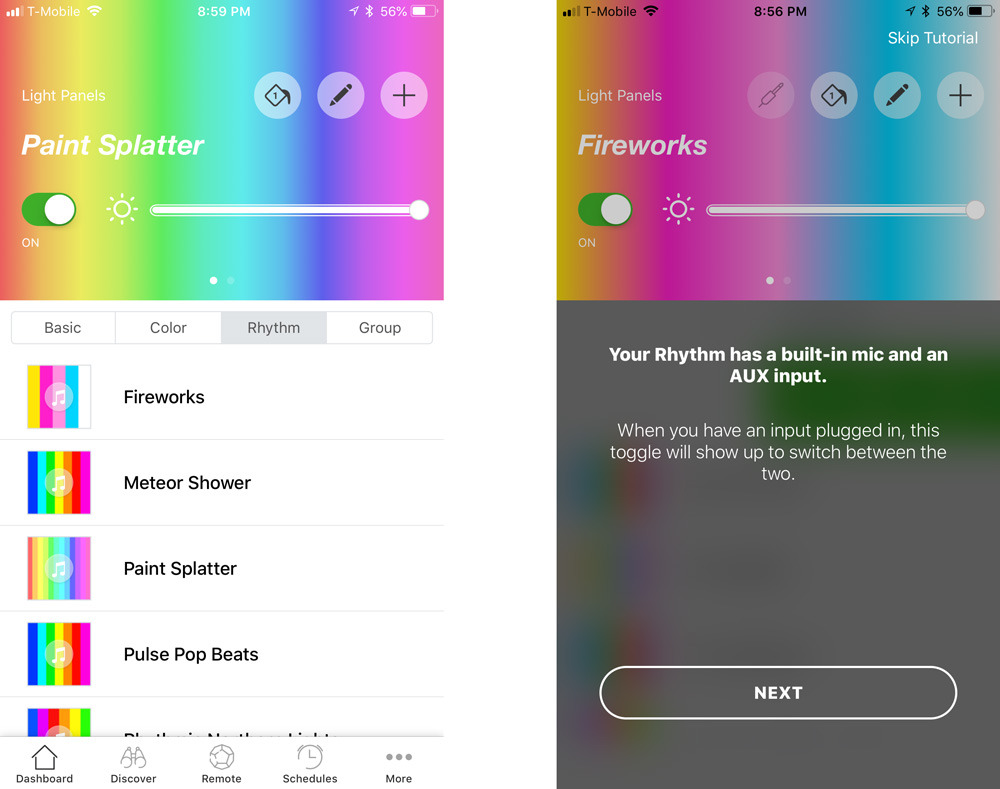
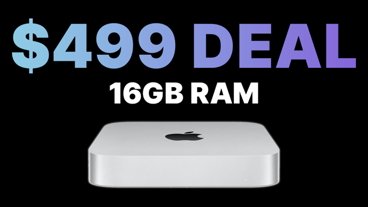
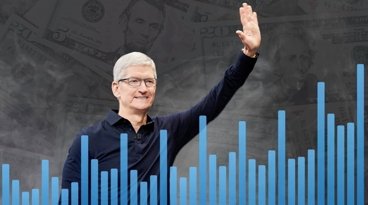


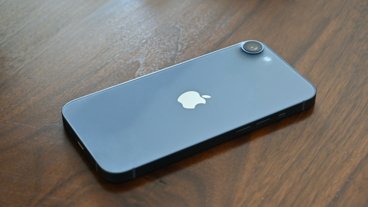
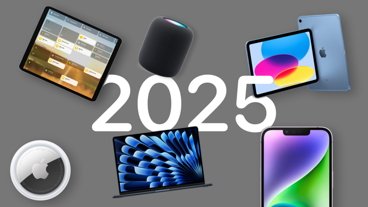
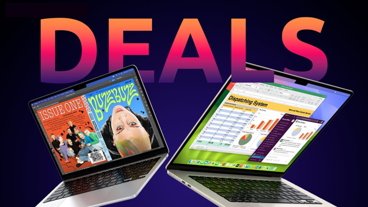
-m.jpg)






 Malcolm Owen
Malcolm Owen
 Wesley Hilliard
Wesley Hilliard
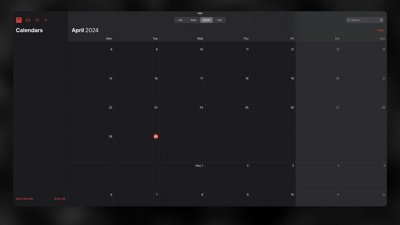
 Marko Zivkovic
Marko Zivkovic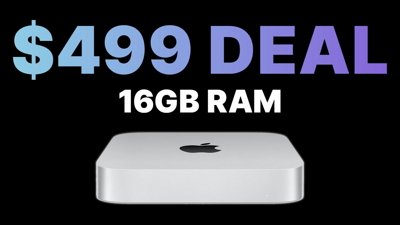
 Christine McKee
Christine McKee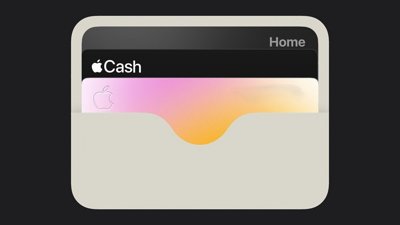

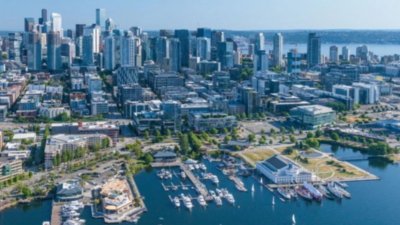
 Amber Neely
Amber Neely
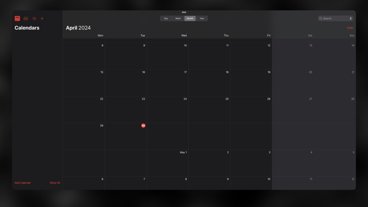




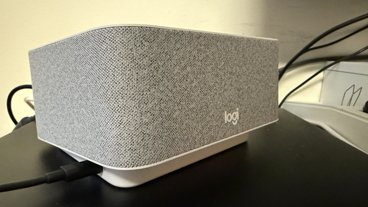


5 Comments
The light doesn't seem to be in sync with the music in the provided video. It doesn't impress at all
I didn't have any issues with the included sticky strips, and I feel that your having said "it can take surprisingly long to install even the basic kit, depending on your ambitions and the walls you plan to put them on" would maybe put some people off buying them. That's not you reviewing the product; it's you saying you wanted to put them somewhere you hadn't really thought through.
Also: "The fastest things can move is if you happen to have perfectly smooth walls and you're mounting at eye level or lower" is a bit strange. Mounting them at slightly above eye level takes longer because you need to what, go and buy a stepladder, or something? I think that's just a bit sloppy. What if you want to mount them on perfectly flat walls behind your desk? Oh noes! You'd have to move your desk. Better factor in some time to do that!
When someone buys something like this, they're pretty much aware of what they're going to do with them. No one thinks these panels will fit on a textured wall, and if they need to be then they'll do the necessary to make that happen, but they wouldn't moan at the product These panels are a luxury item, not a necessity, so we know what we're getting into.
All that being said, these panels are great. The Nanoleaf app can be a bit complex, but you get used to it after a few uses, and the fact that all your scenes appear in the Home app is brilliant. One tap, and you've changed the mood of the room. One tap, and you're now watching the lighting react to the noise in the room. They really light up the room. 100% is pretty damn bright.
I got the starter pack and an add-on of nine extra panels, so my setup has 18 panels in it. You can run up to 30 panels (I think) from the one power cable you get in the starter pack. This little thing clips into one of the panels and supplies the power, and is also the Wi-Fi bit of it, which is what you add to the NanoLeaf app. I'm not sure how you would run more than 30 panels because you'd need a second power cable (which you can get in another starter pack) which would be its own Wi-Fi point. That bit isn't really explained well anywhere.
All in all, they're great!
If you want to see a butt-load of them in action, watch “Big Brother.”